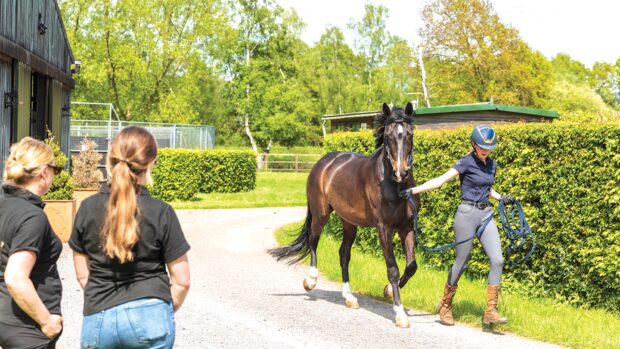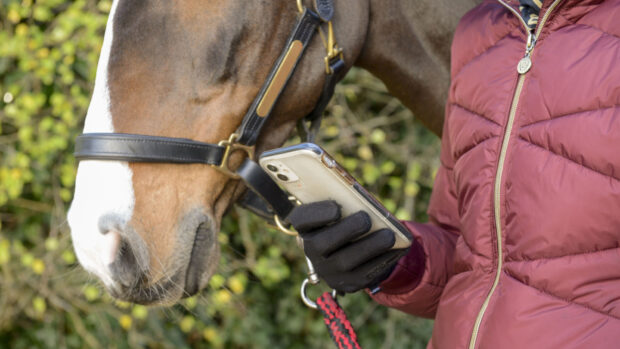In her new book 'The Complete Guide to Polo', Lauren Dibble takes you through everything you need to know about the sport, from the game's history to training issues. Here, she looks at choosing the ponies
The importance of your pony on the polo field cannot be underestimated. His athletic ability, training and your ability to manoeuvre him accurately will determine your value as a player.
Most players you talk to, when asked, will readily tell you their ponies are 80–90 per cent of the game. In fact, a person’s handicap can change by up to two goals, either way, based on their rapport with a particular pony and how well that pony is trained.
Selecting polo ponies
The term ‘pony’, although widely used in the sport of polo is, in fact, something of a misnomer, as there are currently no height (or breed) restrictions to the animals in polo. Prior to 1899 the height limit for ponies was 13.2 hands measured at the withers (a ‘hand’ being 4 inches). In 1899 it was raised to 14.2 hands or 58 inches. In 1919 the height restrictions were abandoned.
When you start to learn polo, you will be riding a pony either borrowed or supplied by the person or organisation teaching you, and will be some distance away from being ready to select your own ponies.
However, when the opportunity arises, ride and play on as many different ponies as possible; not only will this help you to become a better rider, it will also give you the chance to develop a feel for what size of pony you feel better on. I’ve seen all kinds: men over 6 feet tall on 14 hand Thoroughbreds, and women just over 5 feet on 16 hand giants.
Continued below…
The line-up for this year's Polo in the Park (5-7 June) has some of the sport's biggest names in action

9 top polo players to spot in central London this weekend
A good saying (albeit an exaggeration to make the point) is that you want an 18 hand mount that plays like a 14 hand one, the meaning being that a larger mount will have an obvious mass and height advantage over others in a ride-off – but bigger animals often stop and turn like 18-wheelers. The smaller ponies are generally handier and more agile, but are easily intimidated in ride-offs.
- View polo ponies for sale
A lot of polo ponies are cutting or Argentine gaucho ponies. These breeds make great low- to medium-goal polo ponies, but most high-goal players are on Thoroughbreds or Thoroughbred crosses. Only animals with a good degree of Thoroughbred blood have the speed and stamina to gallop the long distances required in polo.
High-end polo ponies are, in fact, bred specifically for polo, from successful playing stock. Polo requires not only a level of physical ability and strength, but also a certain ‘heart’ that can’t be judged when analysing potential polo mounts.
You need a pony who is brave, will attack a play, but still be obedient and willing, and breeding from proven stock increases the genetic probability of this ‘heart’ being inherited.
While breeding specifically for polo is an excellent plan when the time and resources are available, it is also a risk. Unless you clone, you cannot affect the genes specifically to breed for the qualities you want.
You can hope that the offspring has the best qualities of both sire and dam, but no equine is perfect, and imperfect qualities can be bred into offspring. Regardless of the genetics, you will have to wait at least five or six years to know whether the progeny will make a top-notch polo mount.
Ex-racehorses offer an alternative source of polo mounts, and some can prove excellent in the role. They are already broken to the saddle and bridle, know how to stand for the farrier and load onto transport.
Those who’ve shown aptitude on the racecourse are likely to have the heart needed to play and, with the Thoroughbred capacity for learning, they can become successful polo mounts after only a few months. Of course, they need to be taught to neck-rein, get used to the mallet and be desensitised to the prospect of being bumped, but all potential polo ponies need to learn these things.
With many excellent horses out there, in need of a new job, it is advantageous to consider them as potential polo mounts.
This is an extract from The Complete Guide to Polo by Lauren Dibble
Publisher: J.A. Allen
Price: £25
Visit: www.allenbooks.com




